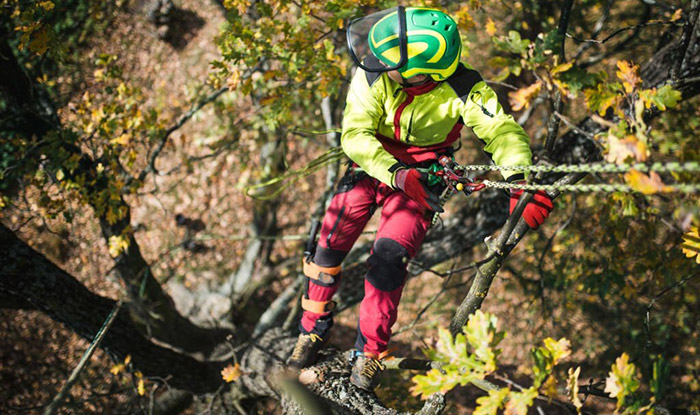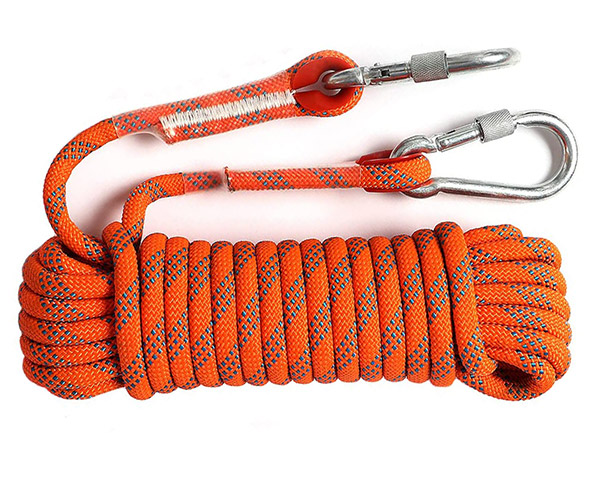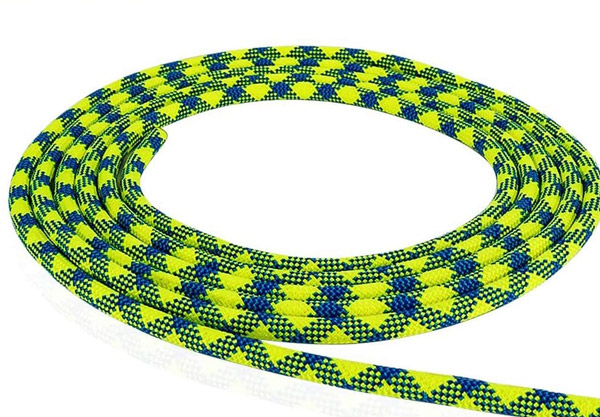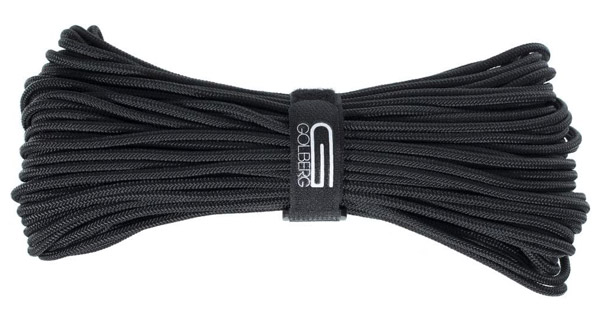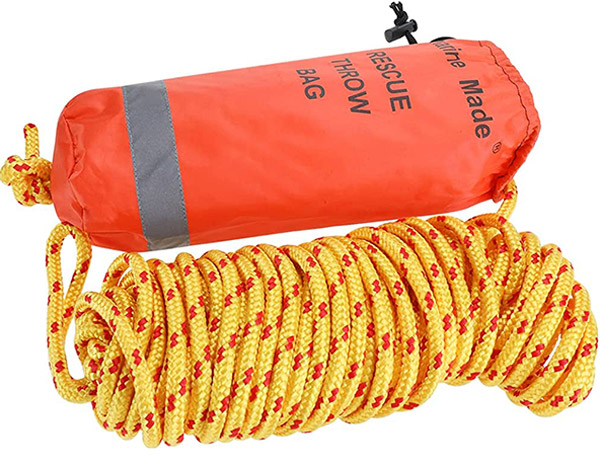Also known as tree surgeons, arborists use a variety of ropes when taking care of, maintaining, and removing trees. These ropes are used when climbing trees, rigging equipment, and lowering tree limbs. But what type of rope do arborists use? This article will explore the different types of ropes commonly used by arborists, their properties, and how they are used.
| Type of Rope | Common Usage |
| Static Ropes | Designed with Minimal Stretched Used for Climbing and Rigging |
| Dynamic Ropes | Designed for Tasks that Require a High Degree of Shock Absorption, such as Rappelling and Rescue Operations |
| Kernmantle Ropes | Commonly Used for Climbing and Rigging |
| Accessory Cord | Commonly Used for Attaching Equipment |
| Throw Lines | Commonly Used for Throwing and Setting Up a Climbing Line |
| Prusik Cord | Commonly Used for Creating a Friction Hitch |
Contents
Main Types of Rope
There are two main types of ropes that arborists use, static and dynamic ropes. Arborists use these two ropes for different purposes. Arborists use static ropes for climbing, while dynamic rope is used for rigging and lowering. More details are below.
Static Ropes
Arborists most commonly use static ropes. These ropes are designed to have minimal stretch, which makes them ideal for tasks that require a steady and stable platform, including climbing.
Static ropes are made of high-strength fibers, such as nylon or polyester, which provide excellent resistance to abrasion, cutting, and UV degradation. Usually, static ropes come with breaking strength ranging from 5000 to 10000 pounds. These ropes are designed to hold static loads, such as a person’s weight, without stretching or breaking.
Another essential feature of static rope is its low elongation. Meaning, the rope only stretches a little under load. This property makes static ropes ideal for tasks that require precision and stability, such as climbing.
Dynamic Ropes
Dynamic rope is a type of rope designed to absorb the energy of a fall. These ropes have more elasticity than static ropes, which means they can stretch up to 30% of their length before reaching their breaking point.
With these features, dynamic ropes are ideal for tasks requiring high shock absorption, such as rappelling and rescue operations. In addition, dynamic ropes are made from a blend of nylon and polyester fibers, which provide excellent resistance to abrasion, cutting, and UV degradation.
The tensile strength of a dynamic rope is typically lower than that of static rope, ranging from 1500 to 5000 pounds. The working load limit of dynamic rope also varies depending on the diameter and construction of the rope, but it is typically between 300 to 1000 pounds.
Other Ropes that an Arborist Need
There are also other types of ropes that an arborist will be using when climbing trees. Please read below.
Kernmantle Ropes
This rope consists of a core (kern) and an outer sheath (mantle). The core strengthens the rope, while the sheath protects against abrasion, cutting, and UV degradation. Kernmantle ropes are commonly used by arborists for climbing and rigging.
In addition, these ropes come with a breaking strength of 5000 to 10000 pounds and are designed to hold static loads without stretching or breaking.
Accessory Cord
Also known as accessory rope, an accessory cord is a lightweight rope typically used for attaching equipment to a tree, such as pulleys, ascenders, and descenders. The accessory cord is made from a blend of nylon and polyester fibers, which provides excellent resistance to abrasion, cutting, and UV degradation.
These ropes have a breaking strength of 1000 to 2000 pounds and are designed to hold static loads without stretching or breaking. An accessory cord is typically made of materials such as nylon or polyester, which provide good resistance to abrasion and UV degradation.
In addition, an accessory cord is available in various diameters, ranging from 2 to 9 millimeters. The tensile strength of an accessory cord is usually lower than that of a static or dynamic rope, ranging from 150 to 800 pounds.
Throw Lines
Throw Lines are lightweight ropes for throwing and setting up a climbing line. They are typically made of high-strength fibers, such as Dyneema or Spectra, which provide excellent resistance to abrasion, cutting, and UV degradation.
Throw lines have a breaking strength of 100 to 300 pounds and are designed to hold static loads without stretching or breaking. The typical diameter of a throw line ranges from 1.5 to 3 millimeters, and its tensile strength is relatively low, ranging from 100 to 400 pounds.
However, the throw line can be stronger than those ropes used for climbing and rigging since they are not designed to bear the weight of the arborists or the equipment. Instead, throw lines are intended to create a temporary anchor point that can be used to pull a stronger rope in place.
Prusik Cord
Prusik cord is a type of accessory cord used for creating a friction hitch. Friction hitches are commonly used by arborists for ascending and descending a rope. In addition, the Prusik cord is made from a blend of nylon and polyester fibers, which provide excellent resistance to abrasion, cutting, and UV degradation.
Conclusion
So, what type of rope do arborists use? They use a variety of ropes for their work, as shown in this article. Each type of rope has its unique properties and is designed for specific tasks. By understanding the properties and characteristics of the different types of ropes, arborists can choose the suitable rope for each job and ensure the safety and efficiency of their work.

